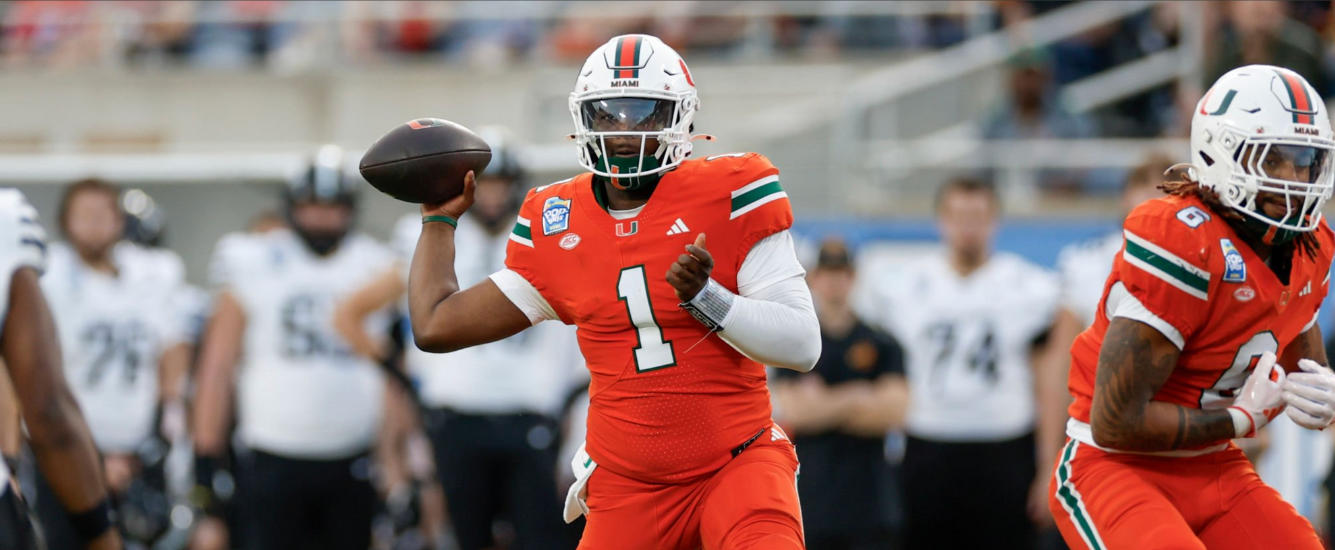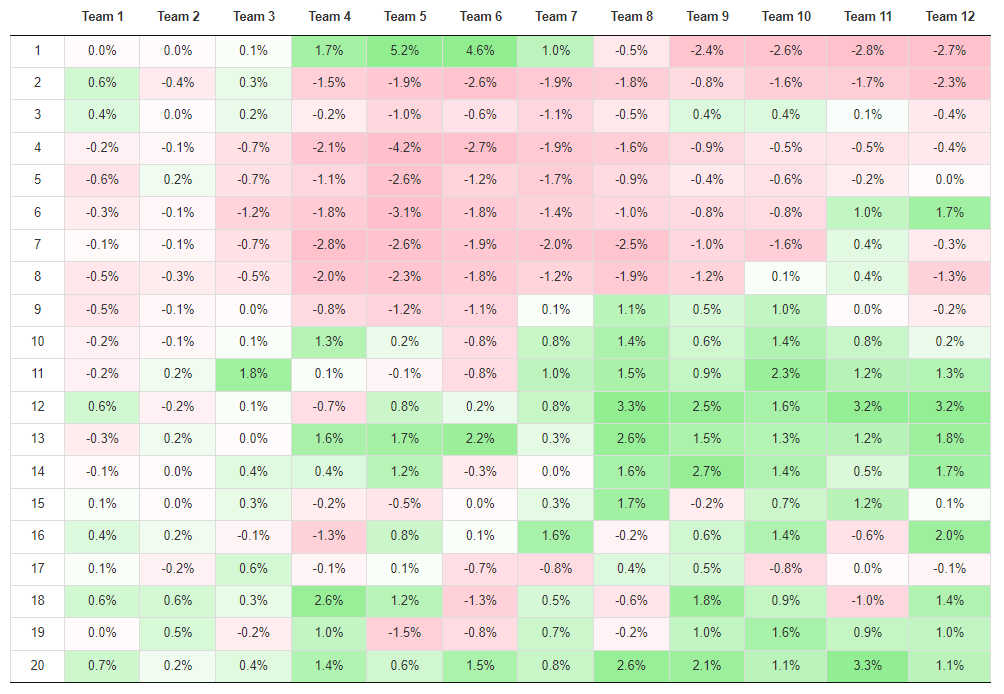Matt Spencer uses the Best Ball Win Rate Explorer to determine whether handcuffing your RBs is a good strategy. Does it improve your floor or ceiling outcomes? Or is it simply a wasted roster spot?
Football is still a week away and we’ve already lost J.K. Dobbins, Cam Akers, and Travis Etienne Jr., along with another 33 running backs listed on the injury report. If you drafted one of these players, it is incredibly disheartening. In the past, I’ve gotten so frustrated that in the following year’s leagues I drafted handcuffs everywhere. I’ve even went as far as to draft entire backfields in more nebulous running back rooms. If you landed James Robinson last year, I’m certain you spent a great deal of time looking for another diamond in the rough as well.
This year I decided to see what discernable impact drafting handcuffs has on your team.
Best Ball Win Rates
The most effective means for testing if drafting handcuffs is a winning strategy is with historical best ball win rates.
RB Win Rate vs. Other Positions at a Given Pick
Using the Bestball Win Rate Explorer I pulled the average win rate associated with drafting a running back at each given pick when compared to the other positions. The RB dead zone was in full effect last year, indicating that if you drafted an RB in the early rounds, there’s a good chance his backup got meaningful touches at some point. You don’t see such a swath of below-average win rates without several injuries.
However, once you get past the Dead Zone in middle of round nine, it becomes clear that drafting RBs can net you a positive expected value. In 2020, it was beneficial to spend the entire 20th round drafting RBs.
It’s clear that targeting the correct RBs late in drafts can greatly improve your chances of winning. Teams that drafted J.D. McKissic or James Robinson had a win rate over 20% last year! Someone’s handcuff is often a worthwhile pick. The question is, whose?















